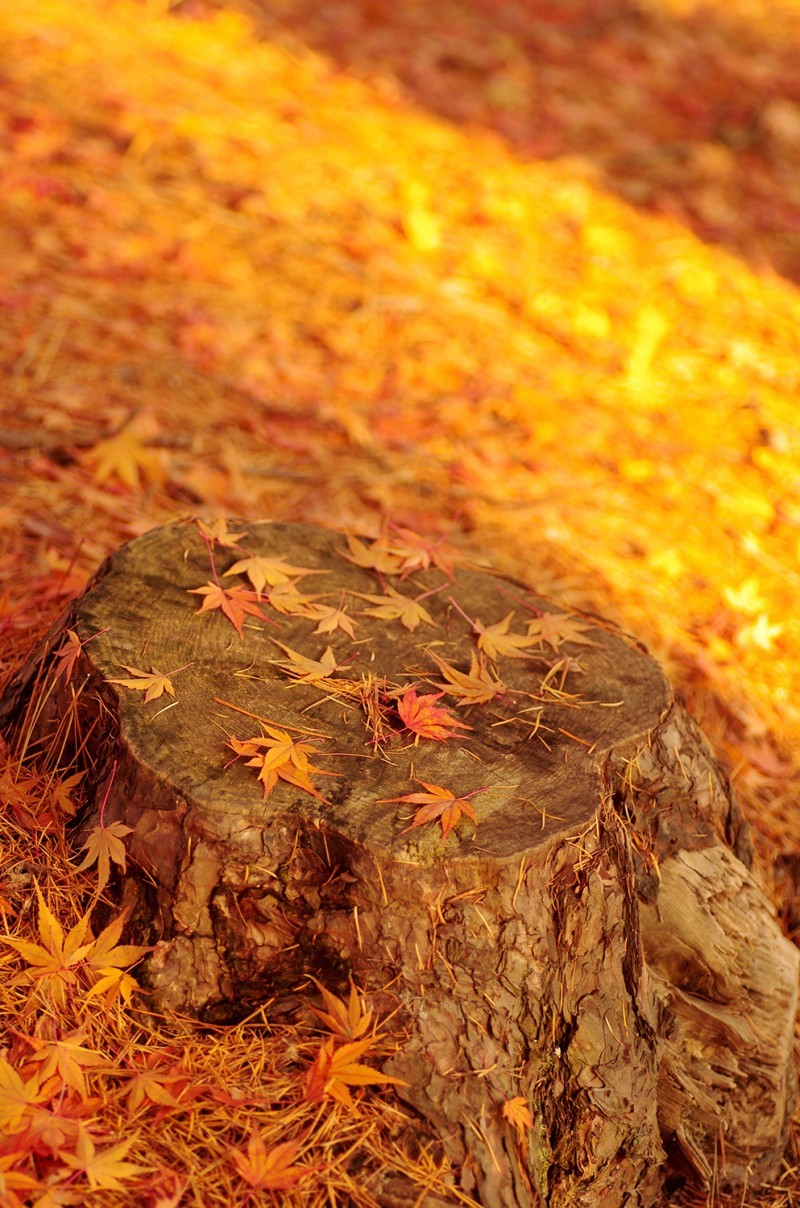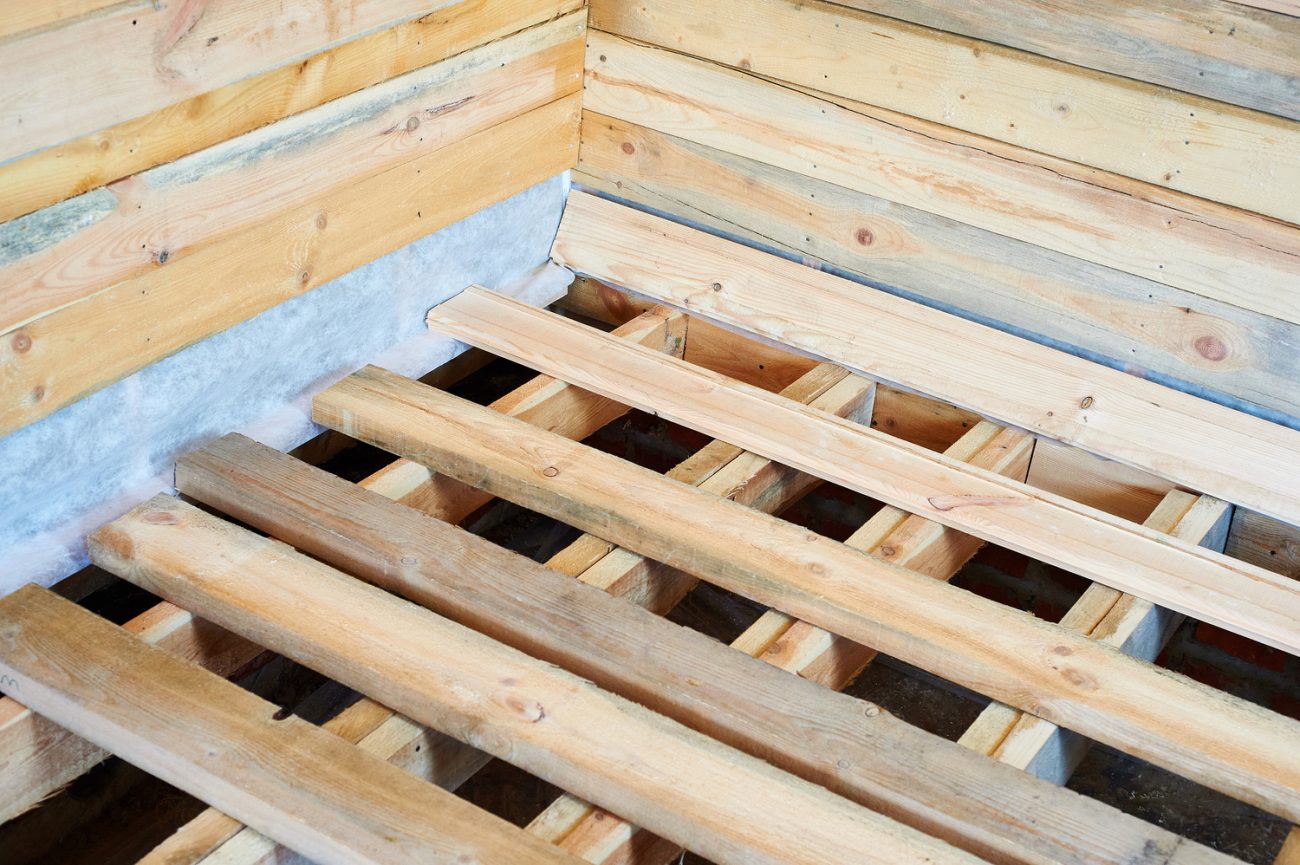As we enter fall the temperatures are going to start to drop. As the temperature drops, so does the humidity in the air. The air becomes cooler and drier, causing floors to contract. Seasonal change in temperature is one of the most common reasons for a floor to start making noise. However, there can be other reasons, so getting to the root of the problem is the first step to fixing a squeaky hardwood floor.

Cooler fall temperatures and dry air can cause your floors to squeak and creak.
Locating the problem
If your floors were fine all summer long, but are starting to speak up a bit now that the weather is getting cooler, it’s a good indication that the problem is seasonal. Season problems are just par for the course when you are the proud owner of hardwood floors. Being aware can help you put preventative measures in place to avoid these problems. But, more on that later. Other reasons that your floors are starting to creak and squeak is due to an uneven subfloor or loose floor joists.
Seasonal hardwood flooring problems
When the temperature drops in the fall, not only is the air drier but we tend to turn up the heat inside the homes. Dry air and extra heat will suck all the moisture out of your hardwood floors. When the moisture is gone, you will start to notice bigger gaps between each floorboard. Because the wood has contracted, there is more room to move about. This can cause the boards to start to rub up against each other causing creeks and squeaks.
The fix
Seasonal squeaks are a natural occurrence and shouldn’t be cause for too much alarm. However, if it’s too much, you can look into increasing the moisture level in your home so that your floorboards aren’t going to contract so much that they start to make noise. Keeping the humidity in your home at a consistent level all year round is going to prevent seasonal squeaks.
Uneven subflooring
If your subfloor isn’t even, it will create gaps between some sections of the floor and the sub-floor. When you step on the area of the floor that has a gap, the boards will have more movement and can result in squeaks and creeks.
The fix

An uneven subfloor or loose joists can cause squeaks and creaks.
Before you install hardwood floors, make sure that the subfloor is even. If you are moving into a home with squeaky hardwood floors, talk to a hardwood flooring expert about fixing the gaps in the subfloor to prevent squeaking.
Loose floor joists
The joists that your floorboards are attached to could also be loose. Anything that is loose in the three components of hardwood flooring – subfloor, joists, and floorboards – can cause squeaking and creaking.
The fix
Locating and fixing a loose floor joist can be a bit difficult if you’re not a flooring expert. There are tools, like stud finders, that can help you locate the loose joist, or you may be able to see it by going down to the basement or below the room in question. Once you have located the problem joist, you need to secure the joist to eliminate the noise.
If you have squeaky hardwood floors, talk to a hardwood flooring expert from T&G Flooring about the best solution to your problem.

